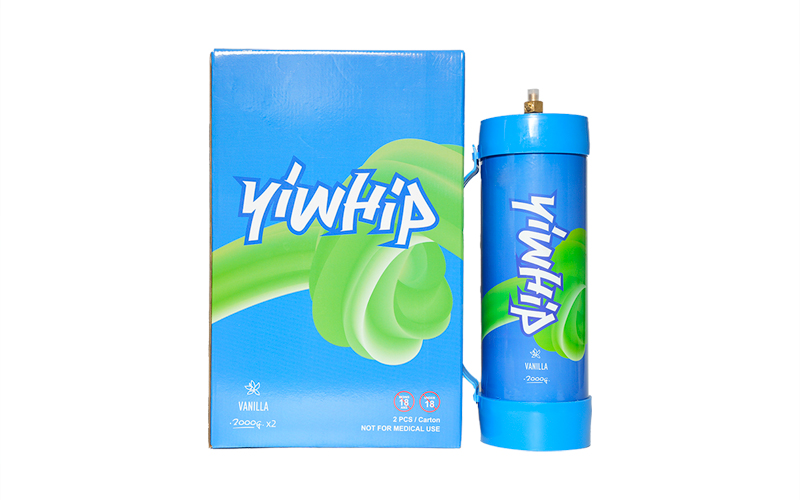Welcome to the fascinating world of cream chargers! These little canisters are much more than mere kitchen gadgets. They hold the key to elevating your culinary creations, turning ordinary whip cream into extraordinary masterpieces. Whether you're a home cook, a pastry chef, or just someone with a passion for food, understanding the ins and outs of cream chargers opens up a realm of possibilities. So, let’s dive in!
What are Cream Chargers?
Cream chargers, often referred to as whipping cream chargers or nitrous oxide chargers, are small, pressurized canisters filled with nitrous oxide (N2O). This colorless gas is what gives whipped cream its light, airy texture. But don't be fooled; their use extends far beyond just whipping cream. From foams to mousses, the culinary applications are virtually endless!
The Science Behind Whipping Cream
Have you ever wondered why whipped cream is so fluffy? When nitrous oxide is released from the charger, it expands and aerates the cream, creating those beautiful peaks we all love. The addition of sugar and vanilla can further enhance the flavor, making it a delightful topping for desserts. What's even cooler? The gas dissolves into the liquid fat, allowing for an ultra-smooth texture that traditional whipping methods simply can't compete with.
How to Use Cream Chargers: A Step-by-Step Guide
Are you ready to whip up some magic? Here's a straightforward guide to using cream chargers:
- Get Your Gear: You'll need a whipping siphon, cream, and your charger.
- Fill the Siphon: Pour in your liquid cream, leaving some space at the top.
- Charge It Up: Screw in the charger until you hear a hissing sound—this means the gas is entering the siphon!
- Shake It! Give the siphon a few good shakes—this distributes the gas evenly.
- Serve: Dispense your freshly whipped cream onto desserts, drinks, or even as a light filling for pastries.
Creative Uses for Cream Chargers
Besides whipping cream, the advent of cream chargers has unlocked a treasure trove of culinary creativity. Here are some innovative ways to use them:
- Flavorful Infusions: Infuse oils, spirits, and syrups with herbs or spices for cocktails that pack a punch.
- Revamping Cocktails: Create foamy toppings for drinks that look and taste sophisticated.
- Delightful Mousses: Whip up light, airy mousses that melt in your mouth.
- Savory Soufflés: Bring a twist to your savory dishes with airy soufflés that impress.
Safety Tips When Using Cream Chargers
Although cream chargers can be a lot of fun in the kitchen, it’s essential to prioritize safety:
- Read Instructions: Always follow the manufacturer's guidelines when using your siphon.
- Handle with Care: Chargers can become very cold when used—be cautious not to frostbite your fingers!
- Store Properly: Keep chargers in a cool, dry place, away from direct sunlight and heat.
Finding the Right Cream Chargers
Not all cream chargers are created equal. When searching for these little canisters, here are a few things to keep in mind:
- Brand Matters: Go for reputable brands known for quality.
- Compatibility: Ensure the chargers match your siphon’s specifications.
- Price Point: While cheaper options may seem tempting, investing in quality chargers pays off in the long run.
Common Mistakes to Avoid
Even seasoned chefs can make blunders with cream chargers. Here’s a list of common pitfalls and how to steer clear of them:
- Overfilling the Siphon: Leave space at the top to allow room for expansion.
- Inadequate Shaking: Skimping on shaking can result in uneven texture.
- Using Expired Chargers: Always check the expiration date to ensure optimal performance.
Conclusion: Elevating Your Culinary Game
In summary, cream chargers are not just a novelty; they’re essential tools for anyone looking to enhance their culinary skills. From achieving that perfect whipped cream to venturing into the realms of molecular gastronomy, these chargers are gateways to creativity. Remember, experimentation is key! So grab your whipping siphon and start crafting delicious, airy delights that will surprise and delight your guests. Who knew a small canister could hold so much potential?

